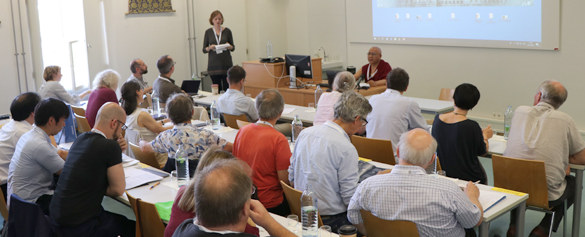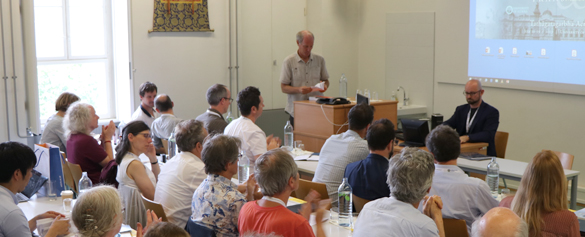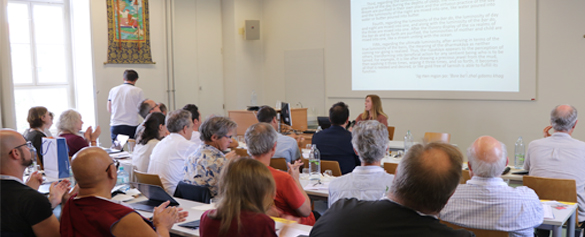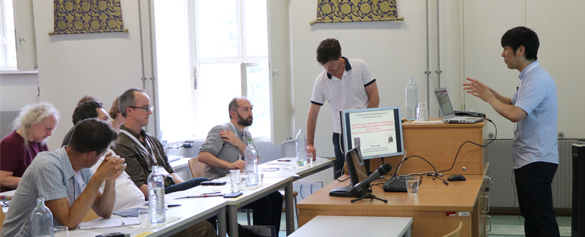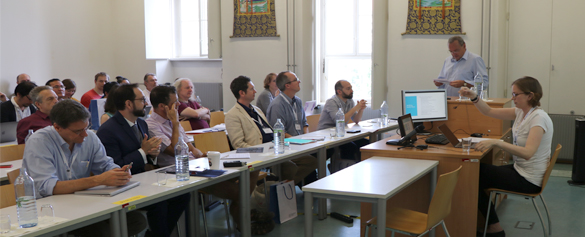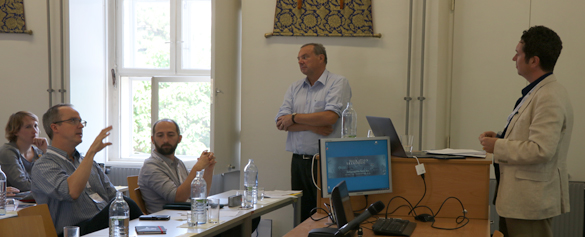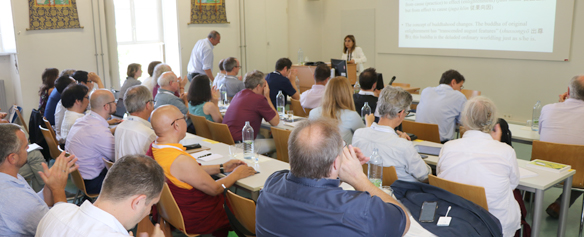Revisiting Gorampa on Buddha Nature
Gwen Witt Dorring2022-11-16T23:39:24-07:00I will share some of my thoughts and understanding of Go rams pa’s interpretation of the concept of buddha-nature presented in his Supplement to the Three Vows. This text was written to critique and clarify what Go rams pa saw as misrepresentations and misunderstandings of the theory of buddha-nature that were prevalent throughout Tibet in the fifteenth century. The Jo nang pa school of Tibetan Buddhism in particular was one of the major subjects of his criticism, whose assertions on buddha-nature he refuted, presenting and defending his own interpretations.

